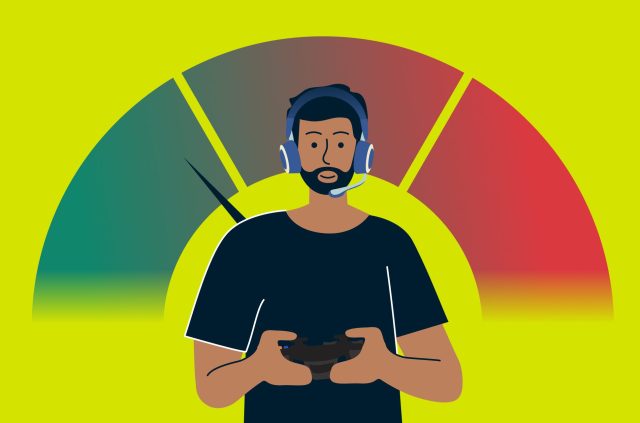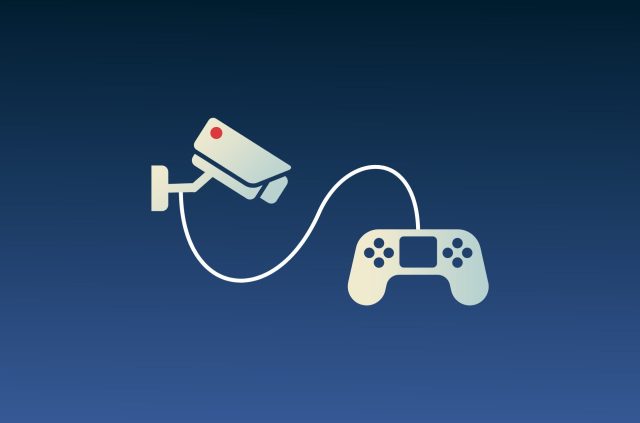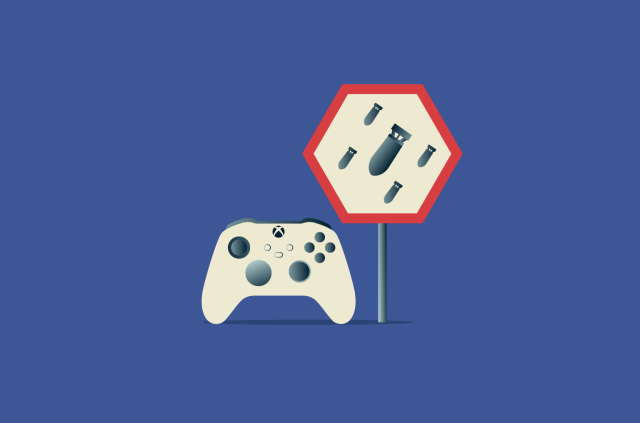Input lag is a drag on gaming. Here’s how to fix it.


Does this sound familiar? You’re deep into a FIFA session and you’re about to score a goal. You’ve pressed the button on the controller and… nothing! There’s a delay. But hang on, you’re playing locally offline so it couldn’t be an issue of network lag… so what is it?
It’s that other dreaded lag.
Input lag.
[Get more tips and tricks. Sign up for the ExpressVPN Blog newsletter.]
Input lag refers to the latency (or delay) between sending an electronic signal on an input device—like a controller or keyboard—and its corresponding response within a game. If what’s on your screen is quick to respond to your input, you have low latency. In other words, you’ve pressed a button and at the worst possible moment there’s a delay in-game, which is especially frustrating if you’re about to win!
In all definitions of the term, input lag is a hardware issue separate from network lag, which refers to the latency in communication across a network—be it a local area network or the internet.
What is input lag?
Input devices
Input lag isn’t really an issue with wired input devices as the response time is essentially instantaneous. Using a wireless input device, on the other hand, is how some latency issues can arise. This also depends on the type of game being played. For example, input lag would be negligible for turn-based games as they aren’t time sensitive. Combat, real-time strategy, or first-person shooters, on the other hand, would benefit greatly from lower input lag as timely decisions matter to gameplay.
Output devices (display lag)
Input lag on output devices such as television screens, PC monitors, or projectors is referred to as display lag. This concerns the speed at which an image is received by said device.
PC and consoles
Frame rate and refresh rate can impact the speed at which an image is displayed on screen, and concerns the rate at which a PC or console will display a frame on screen.
What causes input lag?
Input devices
When using a wireless keyboard or controller, it could be something as simple as dying batteries or physical distance from the wireless receiver.
Output devices
Display lag is caused by a PC monitor, television, or projector—specifically pixel response time. This refers to the amount of time it takes for an image to change on screen. In some instances, this can cause motion blurring.
PC and consoles
Frame rate refers to the frequency at which frames are processed from a PC or console before the corresponding pixels are displayed on screen. The higher the frame rate, the lower the possibility of lag on screen.
Even playing different versions of the same game can cause lag. For example, organizers of the 2015 edition of EVO—an annual esports event for fighting games—opted for the Xbox 360 version of Ultra Street Fighter IV over the PlayStation 4 version as the latter was slower to process player input. It also didn’t help that the PS4 version was beset with lag and glitching issues.
How do I reduce input lag?
Input devices
For wireless input devices, replacing batteries or moving closer to the wireless receiver can help. Additionally, unpairing and reconnecting your input device can also help to re-establish a steady connection to your PC or console. If all else fails, opting for a wired controller or keyboard is a good idea.
Output devices
Disabling motion blur is a good start if it is active. Some televisions and monitors are built specifically with a “game mode” that aims to compensate for the disparity on refresh rate.
PC and consoles
Following on from the last point above, changing your display refresh rate within Windows or Mac computers, or on consoles such as Xbox is a good way to tackle input lag.
Read more: How to get low ping and improve speeds for online gaming
Take the first step to protect yourself online. Try ExpressVPN risk-free.
Get ExpressVPN













